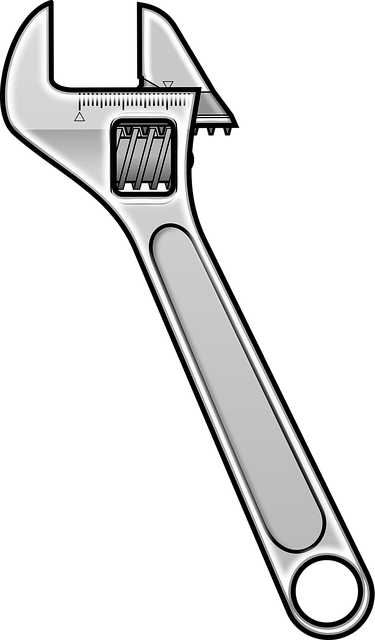Identify and address low water pressure by checking fixtures, replacing filters, repairing pipes, or using a high-pressure pump. Regular maintenance, quick troubleshooting, and professional help from a Bromsgrove plumber are key to fixing and preventing low water pressure issues.
Struggling with weak and unreliable water pressure? Don’t worry, fixing low water pressure is easier than you think. This comprehensive guide breaks down simple steps to identify and resolve your water pressure issues. From assessing problem areas to implementing effective solutions, we’ll walk you through the process. Discover common causes, understand key concepts, and gain practical tips to restore robust water flow in no time. Learn how to become your own plumber and transform your low water pressure into a thing of the past!
- Assess Your Water Pressure Issues
- Identify Common Causes of Low Pressure
- Implement Simple Solutions Effectively
Assess Your Water Pressure Issues

If you’re dealing with low water pressure in your home or office, the first step is to thoroughly assess the issue. Start by checking all fixtures and appliances that use water, including faucets, showers, washing machines, and dishwashers. Note if the pressure is low across every device or isolated to one specific area. This initial evaluation will help you narrow down potential causes, making it easier to pinpoint a solution.
One common reason for low water pressure could be an issue with your water filter. Regularly changing these filters can significantly improve water flow rates and restore pressure. However, if the problem persists after replacing the filter, consider repairing or replacing broken water pipes within your premises. In some cases, a high-pressure pump for home use might be necessary to boost water pressure, especially in areas with low municipal water pressure.
Identify Common Causes of Low Pressure

Low water pressure can be a frustrating issue, affecting both the efficiency of your plumbing system and the daily comfort of your household. Identifying the root cause is the first step in any effective low water pressure fix. Common culprits include outdated or clogged pipes, worn-out valves, and faulty pressure regulators. In some cases, the problem might lie with the main water supply line, especially if you’re experiencing low water pressure in the entire house.
Understanding your plumbing system is crucial when addressing low water pressure. For instance, a decrease in pressure could be temporarily increased by flushing out clogged sinks or showers, or it might require a more thorough investigation into the home’s pressure balancing system. Knowing how to increase water pressure at home involves regular maintenance and quick troubleshooting, ensuring optimal performance and avoiding potential damage from prolonged low pressure conditions.
Implement Simple Solutions Effectively

Implementing simple solutions can often effectively fix low water pressure issues without the need for extensive repairs or calling in a professional. Start by checking your faucet aerators; these small devices can become clogged over time, reducing water flow. Cleaning or replacing them is usually all it takes to restore pressure. Another common cause is air trapped in pipes, leading to reduced water pressure. Release this air by turning off the main water supply valve and opening hot water taps to clear any bubbles before shutting everything back down.
For more complex issues, such as repairing low water pressure in pipes or leaks, it might be best to call a plumber, especially if you’re unsure about handling these tasks yourself. A plumber Bromsgrove can offer expert advice and perform thorough repairs, ensuring your plumbing system functions optimally again. However, for minor glitches, attempting these simple fixes first could save time and money.
Low water pressure can be a frustrating issue, but with the right approach, it’s easily fixable. By assessing your specific problems, identifying common causes like faulty fixtures or leaks, and implementing simple solutions such as tightening connections or replacing worn-out parts, you can significantly improve your water pressure. Remember, addressing these issues not only enhances your daily comfort but also saves money on utility bills in the long run. With a few strategic steps, fixing low water pressure is both manageable and cost-effective.
